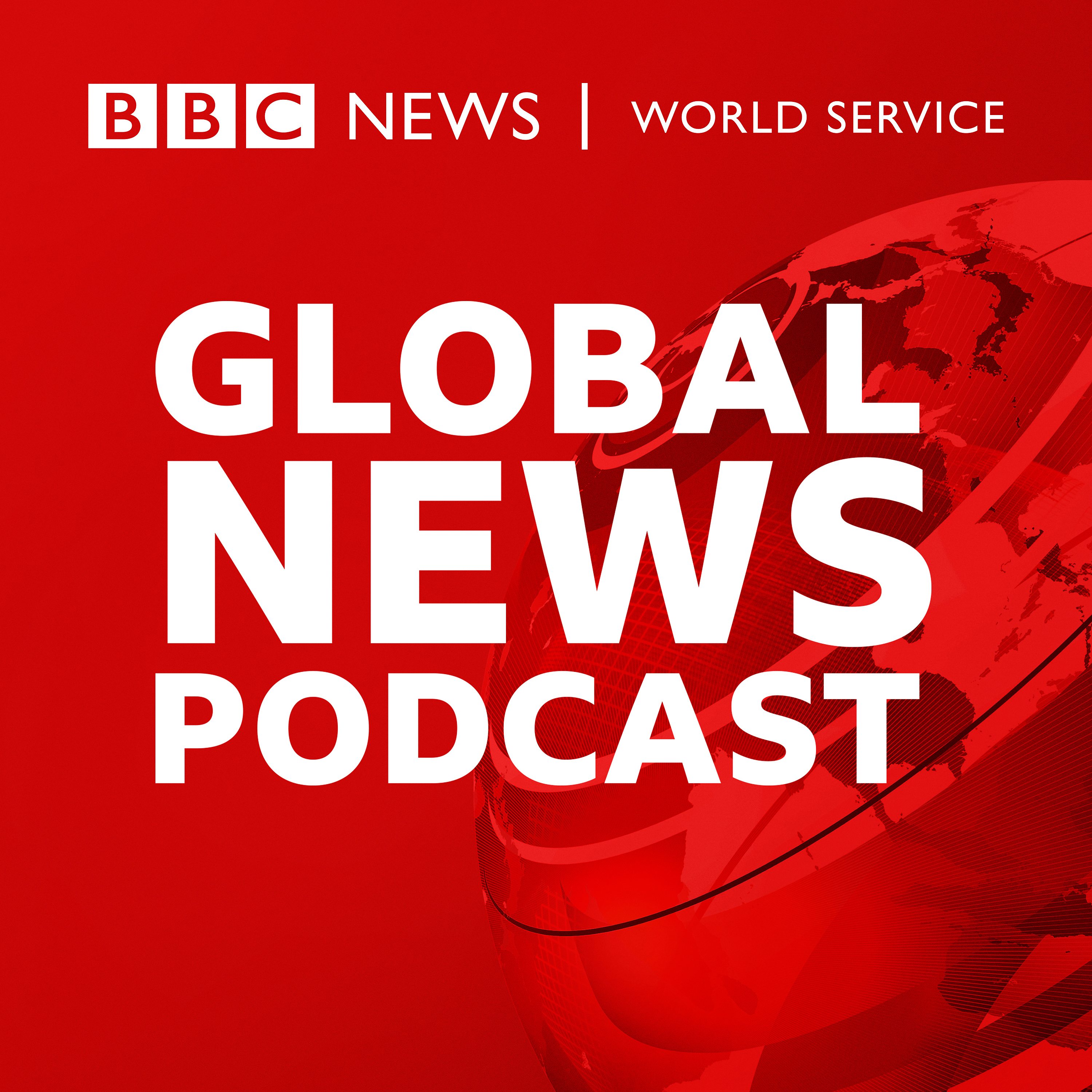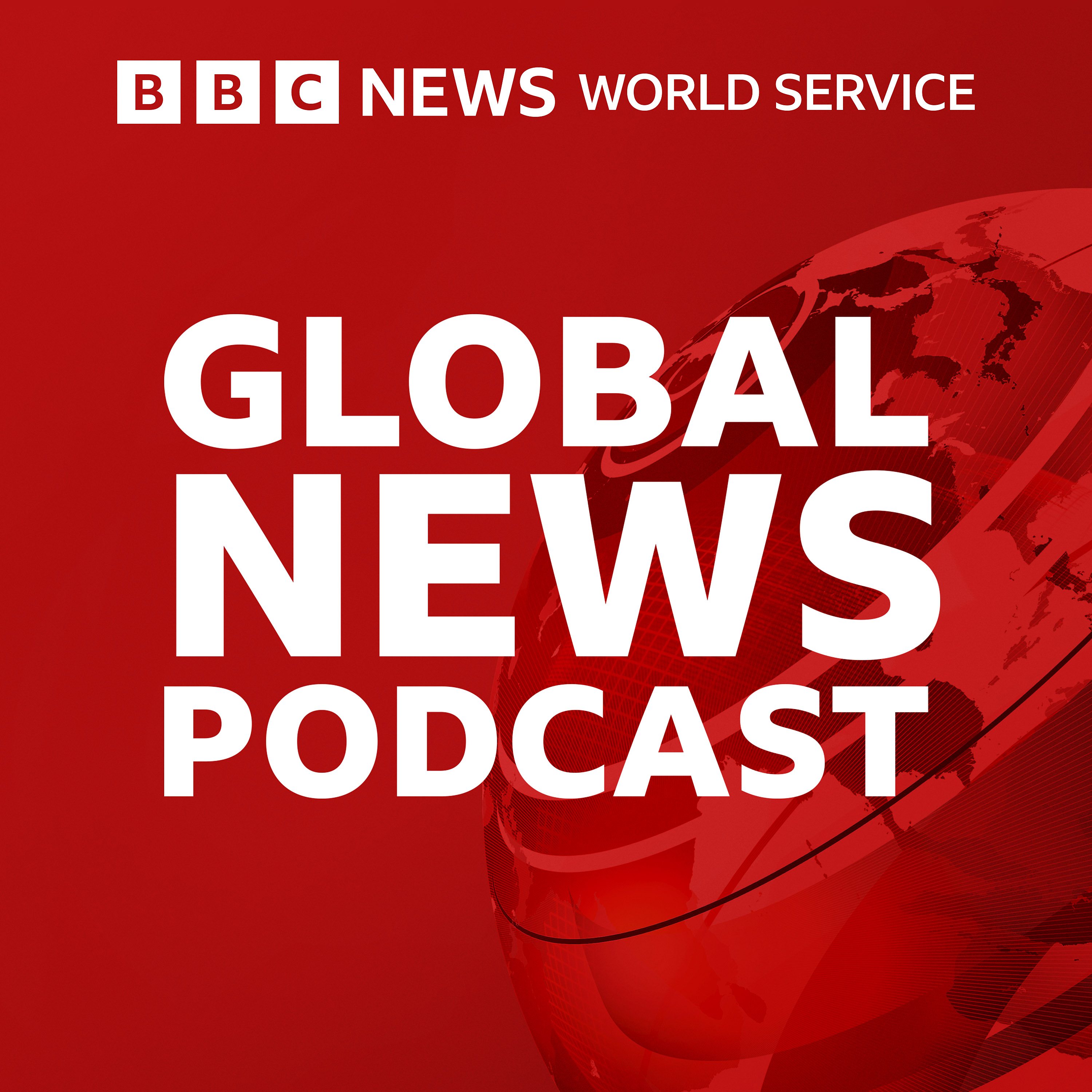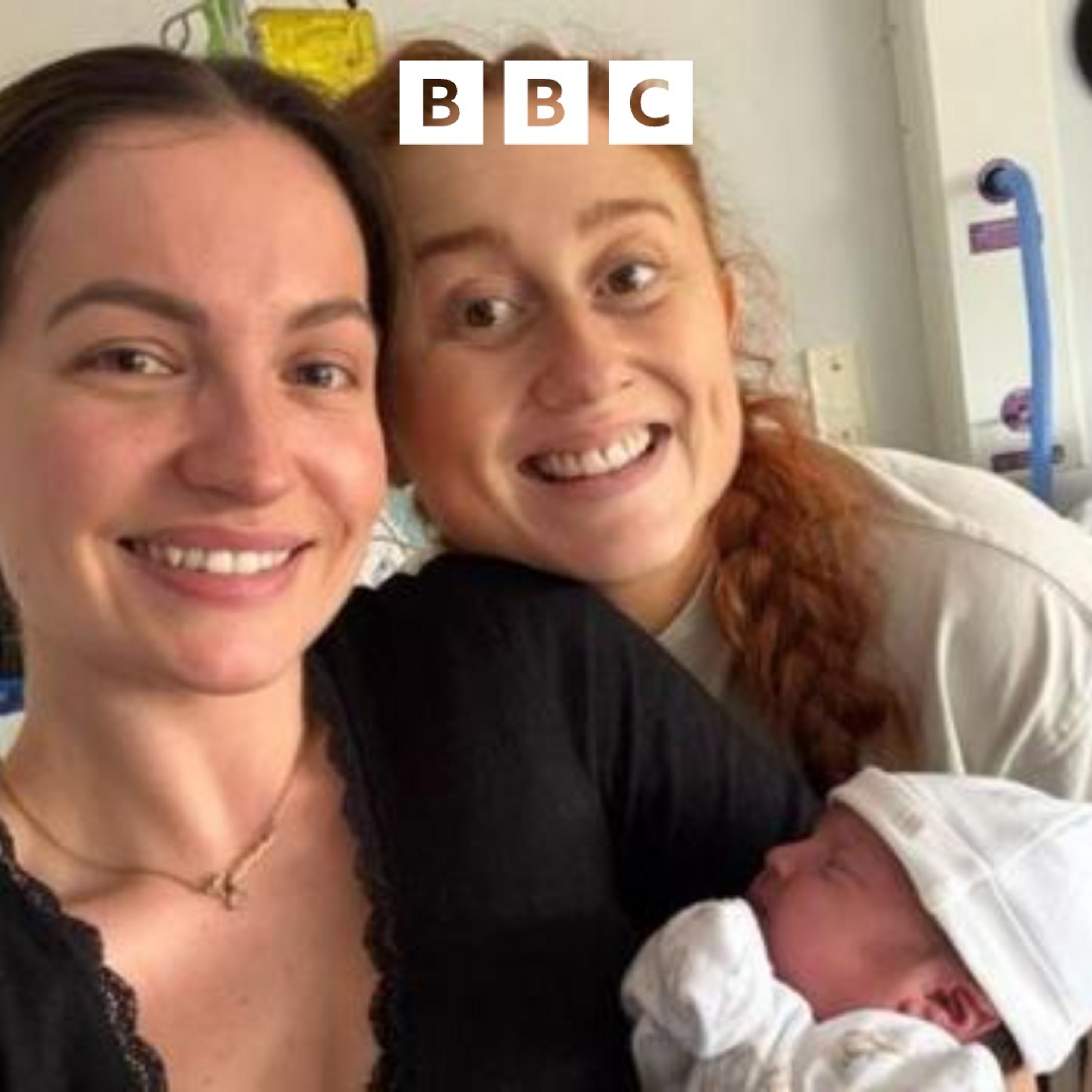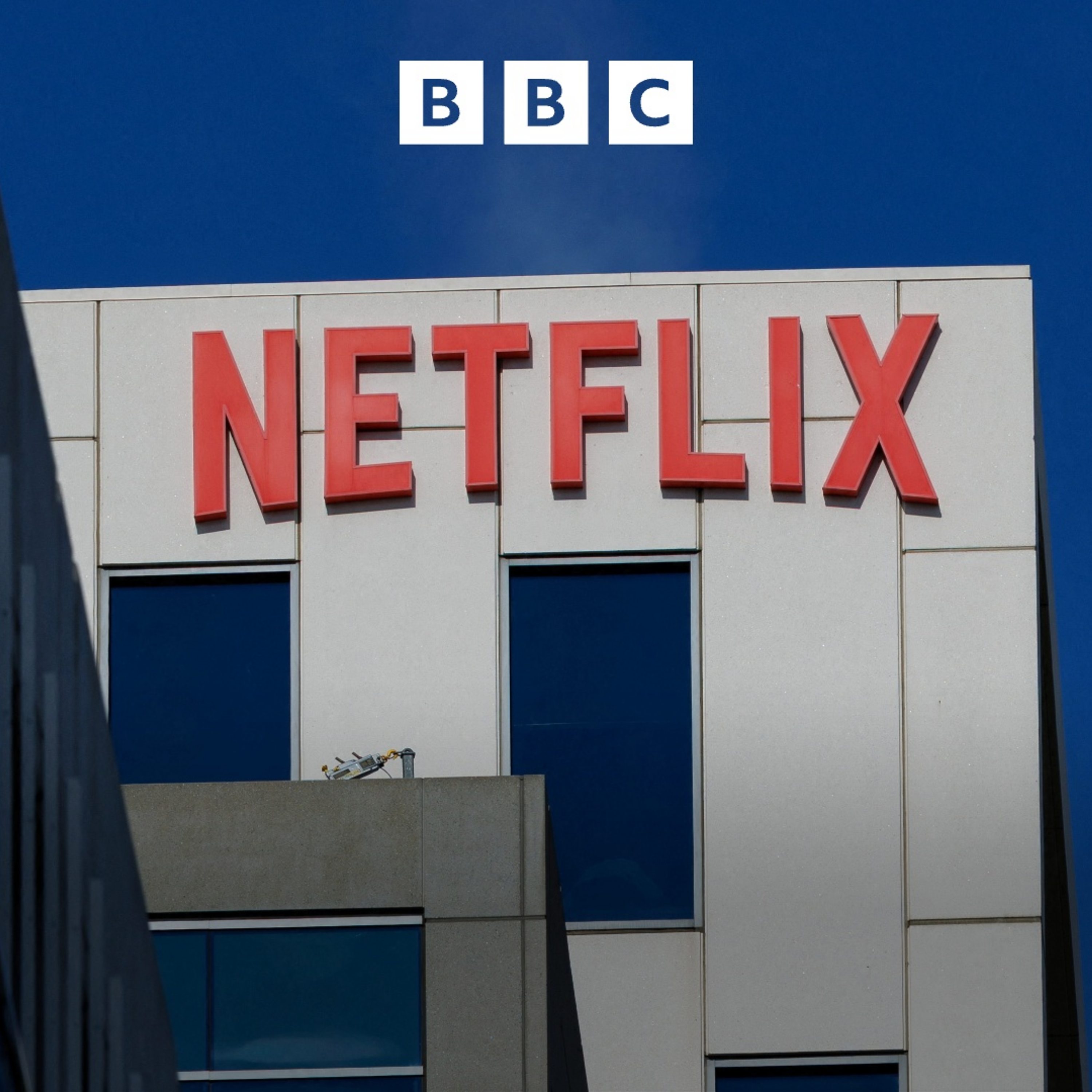Is Putin serious about a ceasefire in Ukraine?
Trump says he thinks Russia is going to make a deal, but others are more sceptical. Also: former Philippines president, Rodrigo Duterte, appears at The Hague, and why investors resort to gold in hard times.
Press play and read along
Transcript
Transcript is processing—check back soon.
Global News Podcast — Is Putin serious about a ceasefire in Ukraine?



